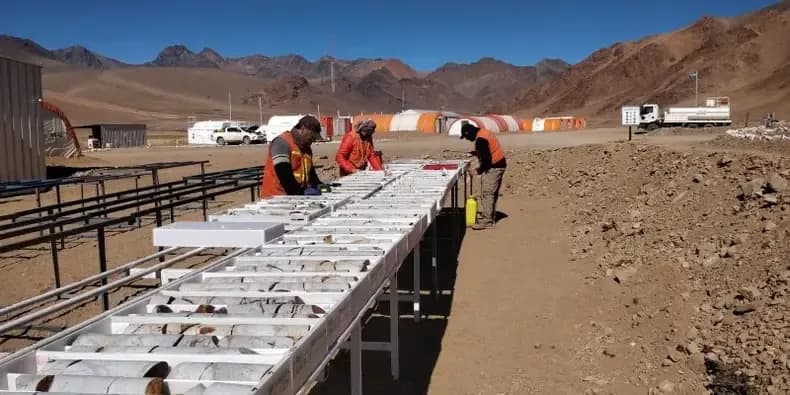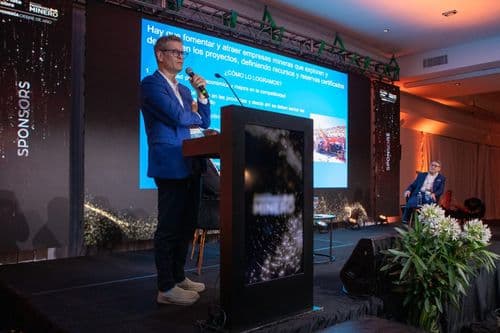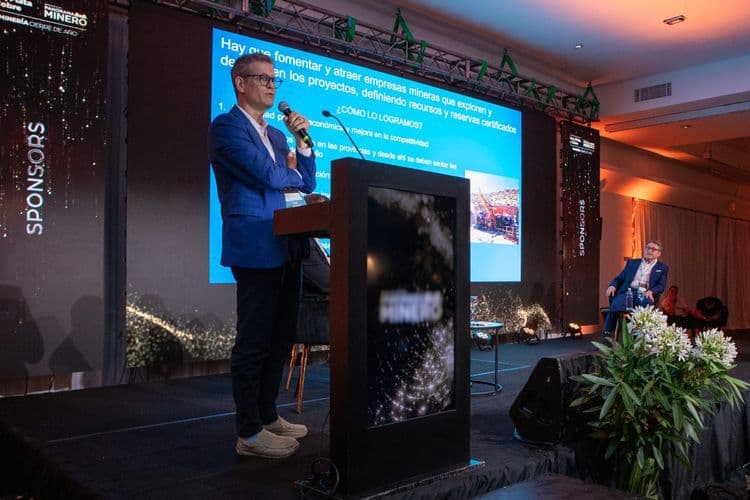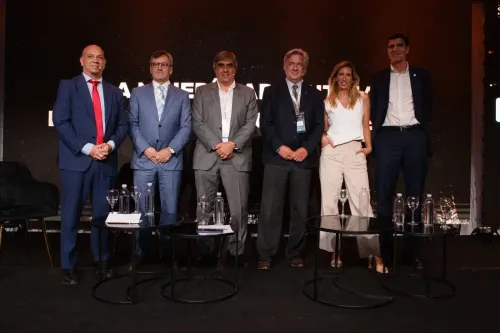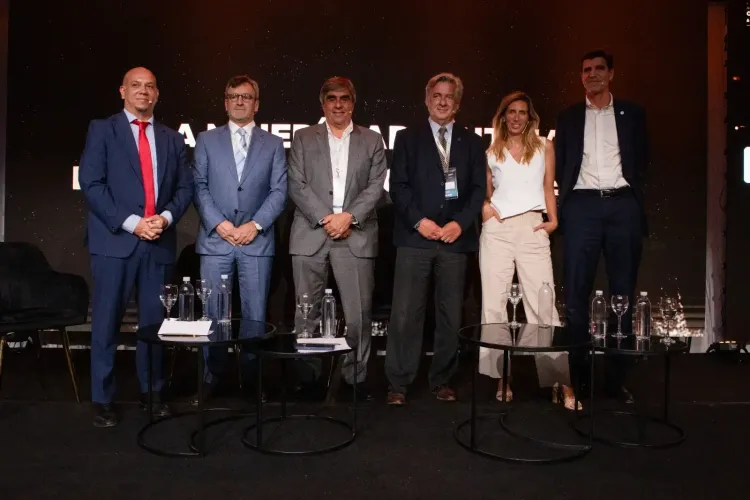A global transformation is underway in the materials industry. McKinsey & Company’s Global Materials Perspective 2025 outlines the major trends expected by 2030 and 2035—identifying which minerals will gain relevance, how much production will be required, and the key challenges the mining sector must overcome to sustain growth.
By Panorama Minero
McKinsey estimates that more than 50% of the growth in materials demand over the next decade will be linked to the energy transition and digitalization. Copper, lithium, nickel, graphite, and rare earths will be central to this new industrial era.
A New Mining Cycle
The year 2024 marked a turning point. Revenues in the materials industry contracted by 6%, falling to US$3 trillion, driven by a drop in thermal coal and steel prices. Still, gold, copper, and aluminum maintained healthy margins, and global profitability held firm at US$700 billion. Since 2015, total shareholder returns have grown by 3.5 times.
The report highlights a shift in value pools: base metals are gaining ground, while coal and steel are losing relevance. Metals linked to the energy transition are becoming the primary drivers of profitability.
At the same time, global supply is becoming more concentrated. Over the past five years, supply concentration increased by 3 to 5 percentage points across both mining and refining. Meanwhile, resource nationalism is gaining ground: countries such as Indonesia, Zambia, and Gabon have imposed export restrictions to spur local industrial development.
Strong Demand, Concentrated Supply
Even with a more moderate growth outlook compared to 2024, McKinsey estimates that meeting global materials demand will require US$4.7 trillion in investment and an additional 270 gigawatts (GW) of energy capacity by 2035.
Lithium will post the fastest growth, with an average annual increase of 14%, followed by nickel (5%), rare earths (6%), cobalt (4%), and copper (2%). In contrast, iron ore, metallurgical coal, and platinum group metals (PGMs) will see stagnant or declining demand.
Two new sectors are driving incremental demand: defense and digital infrastructure. By 2030, the European defense sector could account for up to 8% of global copper demand, while data centers may absorb 3%, fueled by the rise of artificial intelligence.
China has led the global buildout of new mining and refining projects over the past five years, accounting for 36% of global capacity additions. While 60% of the world’s reserves of copper, lithium, and rare earths are located outside the top three producing countries, the lack of infrastructure, capital, and regulatory frameworks continues to hold back development.
South America is emerging as a key region for diversifying global supply chains, with Chile, Argentina, Peru, and Brazil playing pivotal roles.
High Prices, Rising Costs
To sustain growth, high commodity prices will be essential. Mining operations are facing lower ore grades, rising labor costs, and stricter environmental and technical requirements. McKinsey expects the 90th percentile of production costs (C90) to continue climbing through the mid-2030s.
A projected productivity rebound could help offset some of these pressures, driven by automation, generative AI, and new technologies such as direct lithium extraction (DLE) and advanced sulfide leaching.
The most pressing challenge is talent. Between 2011 and 2021, mining graduates dropped by 75% in Australia and 40% in the U.S. By 2035, the industry will require an estimated 350,000 new professionals globally, especially in geology, metallurgy, and automation.
Sustainability With Realism
Net-zero targets remain in place, but implementation is slowing. One-third of green steel projects in Europe have been suspended, and global thermal coal production hit a record 8 gigatons in 2024.
So-called “green premiums” still fail to provide sufficient market incentives. Decarbonization is progressing primarily due to regulation, not price signals. Still, recycling, traceability, and circular economy models are gaining traction—particularly in battery materials and metals like zinc and aluminum.
The report argues that the most successful sustainability strategies will be those that are scalable and cost-effective, rather than dependent on subsidies or premium pricing.
Key Priorities to 2035: Diversification, Efficiency, Scale
To ensure long-term supply of critical materials, McKinsey outlines three strategic priorities:
-
Diversify supply by developing new projects in underexplored but stable regions such as South America, Africa, and Canada.
-
Boost productivity through clean energy, automation, and operational excellence.
-
Adopt low-cost sustainable models, driven by energy efficiency and recycling rather than subsidies.
Emerging technologies such as sodium-ion batteries, rare-earth-free electric motors, and deep-sea mining in the Clarion-Clipperton Zone of the Pacific could redefine the global resource map. However, unresolved environmental and regulatory concerns remain a barrier to commercialization.
South America and Argentina: Strategic Reserves in the New Global Order
The region holds more than 30% of global lithium resources, with Argentina and Chile at the forefront. Peru and Chile lead in copper, while Brazil is gaining ground in nickel, bauxite, and manganese.
The Lithium Triangle—Argentina, Bolivia, and Chile—could supply up to 25% of global lithium by 2030, with Argentina standing out for its DLE potential and rising investment pipeline.
McKinsey concludes that the main bottlenecks are not geological but political and financial. Global mining expansion will depend on stable institutional frameworks, modern infrastructure, and socially responsible development strategies.
Argentina is well positioned to play a leading role—if it can convert its mineral wealth into real production, added value, and long-term growth.
